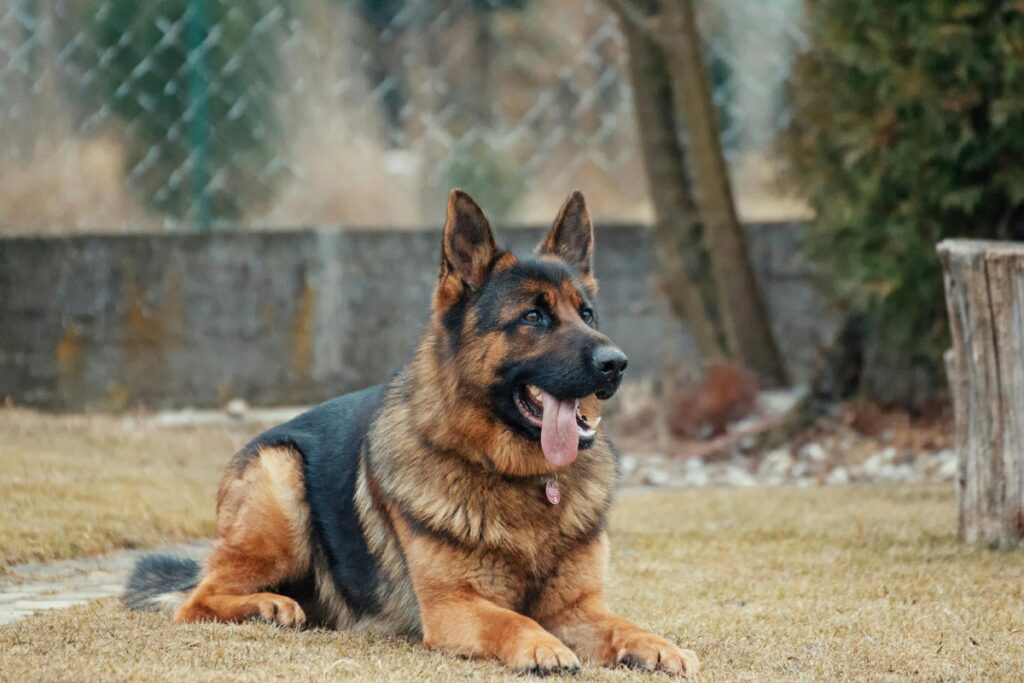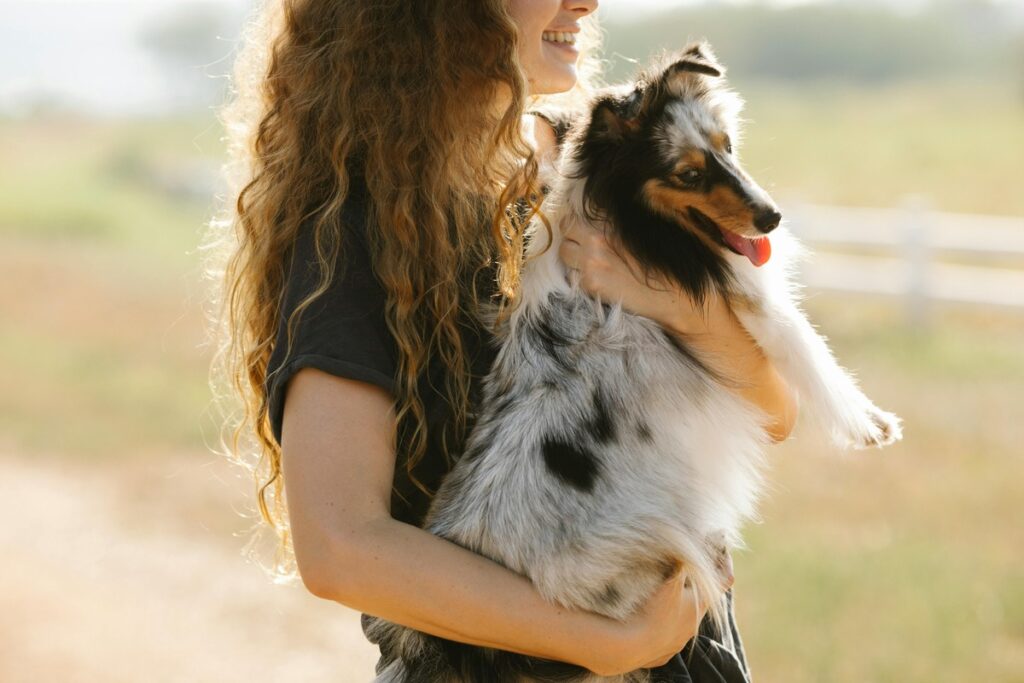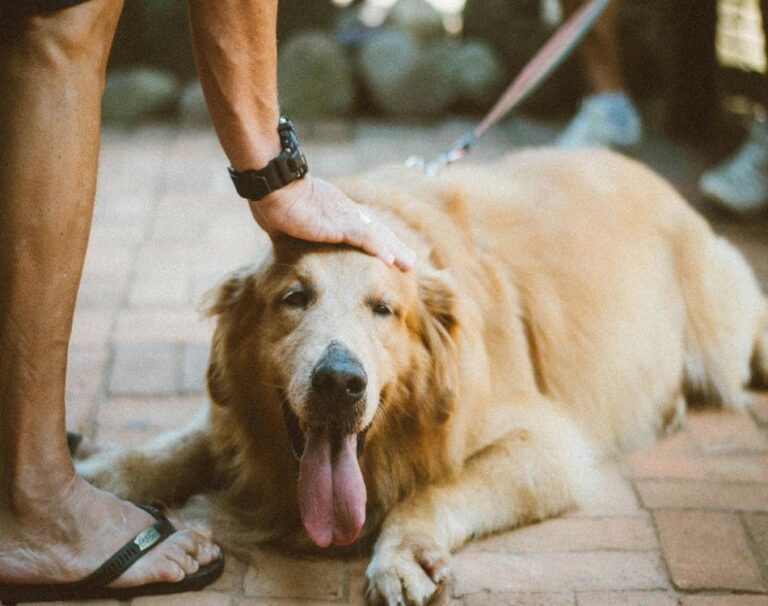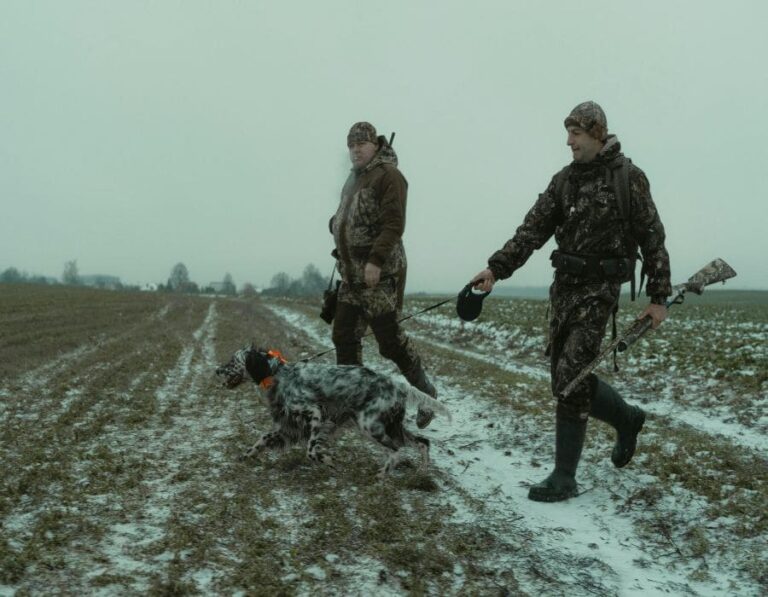These Are the 10 Pups That Top the List of Smartest Dog Breeds
Dogs come in all shapes and sizes, but when it comes to intelligence, some breeds stand out for their quick learning abilities, problem-solving skills, and adaptability. These breeds excel at following commands, understanding complex tasks, and even anticipating their owner’s needs.
Smart dogs, however, require more than just love—they thrive on mental stimulation, structured training, and engaging activities to keep their active minds from getting bored. If you’re looking for a breed that’s both intelligent and trainable, here are 10 of the smartest dog breeds, why they’re so smart, and how to keep them mentally sharp.
1. Border Collie

If dogs had IQ tests, Border Collies would ace them. Bred for herding sheep, these dogs have unmatched intelligence and focus, with the ability to learn new commands in just a few repetitions. Many Border Collies even recognize over 1,000 words!
Why They’re Smart & How to Train Them: Their intense focus and problem-solving skills make them ideal for agility, obedience, and advanced trick training. However, their high intelligence means they need constant mental and physical exercise—if they don’t get enough stimulation, they can become destructive or develop anxiety. Puzzle toys, herding activities, and daily training challenges help keep their sharp minds occupied.
2. Poodle

Poodles are more than just stylish show dogs—they are one of the most versatile and intelligent breeds. Originally bred as water retrievers, they excel in obedience training, tricks, and even problem-solving tasks like opening doors.
Why They’re Smart & How to Train Them: Poodles have an exceptional memory and learn commands quickly, making them great for advanced obedience training, agility sports, and even therapy work. They love engaging with people and thrive when learning new tricks. Since they’re so smart, training sessions should be fun and challenging to prevent boredom—try introducing scent work or interactive games.
3. German Shepherd

German Shepherds are the backbone of police, military, and search-and-rescue teams due to their intelligence, discipline, and problem-solving abilities. They are incredibly loyal and pick up commands faster than most breeds.
Why They’re Smart & How to Train Them: German Shepherds excel at learning multi-step commands and following complex instructions. Their intelligence makes them great at tracking, protection work, and obedience training. However, they need firm, consistent leadership—training should be structured and mentally challenging. If not given enough stimulation, they may develop behavioral issues, so scent training, advanced obedience, and daily exercise are essential.
4. Golden Retriever

Golden Retrievers are not only one of the most affectionate dog breeds but also among the most intelligent. Their gentle nature and eagerness to please make them perfect for service work, therapy, and advanced training.
Why They’re Smart & How to Train Them: Golden Retrievers have strong memory retention and problem-solving skills, making them excellent at retrieving, assisting the disabled, and search-and-rescue tasks. Since they thrive on human interaction, they respond best to positive reinforcement training. Keep training sessions fun and engaging by incorporating games like retrieving objects by name or agility exercises.
5. Doberman Pinscher

Dobermans are highly intelligent, protective, and intuitive, which makes them excellent guard dogs. They can sense threats quickly and respond with precision, making them a top choice for police and security work.
Why They’re Smart & How to Train Them: Dobermans learn commands extremely fast and are naturally obedient when trained properly. However, they need consistent training from an early age to prevent them from becoming overly protective. Confidence-building activities, structured routines, and advanced obedience training are crucial for these powerful dogs.
6. Shetland Sheepdog

Shetland Sheepdogs, or Shelties, are incredibly intelligent, quick learners, and excellent at anticipating their owner’s needs. Originally bred for herding, they have strong instincts for problem-solving and following voice commands.
Why They’re Smart & How to Train Them: Shelties have a strong ability to predict actions, making them great at learning tricks, agility training, and advanced obedience. Since they are naturally sensitive, positive reinforcement is key—yelling or harsh corrections can make them anxious. They love learning new things, so regular training and mental stimulation are essential.
7. Labrador Retriever

Labradors are one of the most trainable breeds, which is why they’re often used as service dogs, guide dogs, and search-and-rescue workers. They are quick learners and excel at retrieving, scent work, and obedience training.
Why They’re Smart & How to Train Them: Labs are eager to please and highly food-motivated, which makes training easy. However, they can be strong-willed as puppies, so early socialization and obedience training are necessary. Since they are prone to boredom and overeating, training sessions should be active, engaging, and reward-based.
8. Papillon

Papillons may be tiny, but they are one of the most intelligent toy breeds. Their agility and ability to learn new commands quickly make them excellent at trick training and competitive sports.
Why They’re Smart & How to Train Them: Papillons pick up on training cues quickly and excel in obedience and agility courses. They are sensitive and thrive on positive reinforcement, so treats and praise work best. Keeping training sessions short but mentally stimulating helps prevent boredom.
9. Rottweiler

Rottweilers are natural problem-solvers with a strong work ethic. They are highly trainable and excel at obedience training, protection work, and advanced problem-solving tasks.
Why They’re Smart & How to Train Them: Rottweilers require firm but fair training—they are confident and need a clear leader. They respond well to consistent structure and advanced obedience training. To keep them engaged, incorporate scent tracking or protection training.
10. Australian Cattle Dog

Australian Cattle Dogs are high-energy problem solvers bred for herding livestock. They are extremely intelligent and have strong decision-making skills, making them great at problem-solving on their own.
Why They’re Smart & How to Train Them: Since they were bred to work independently, Cattle Dogs can be a challenge to train if not given structured activities. They need tasks that engage their mind, like agility training, herding trials, or advanced obedience work. Without enough exercise and stimulation, they may resort to destructive behavior.

The smartest dog breeds aren’t just quick learners—they also require mental stimulation and structured training to reach their full potential. These breeds thrive when given jobs to do, whether it’s obedience training, scent work, agility sports, or service work.
If you own one of these brilliant breeds, keeping their minds active and engaged is essential. Whether through advanced tricks, interactive toys, or specialized training, providing mental challenges ensures they stay happy, healthy, and well-behaved.







